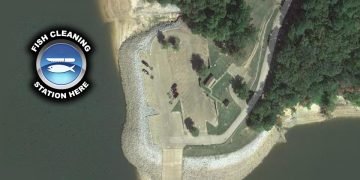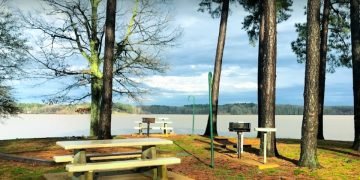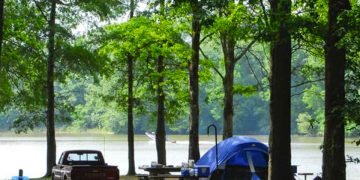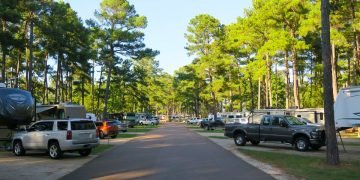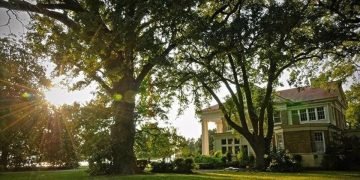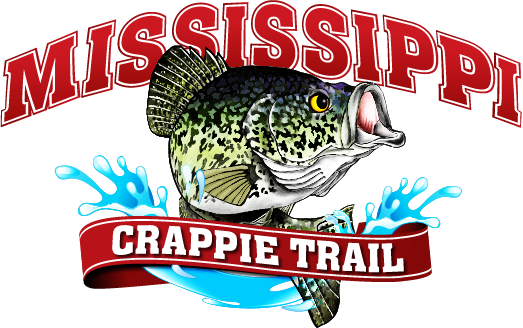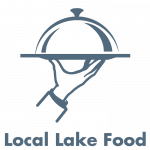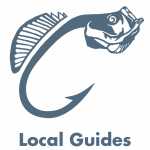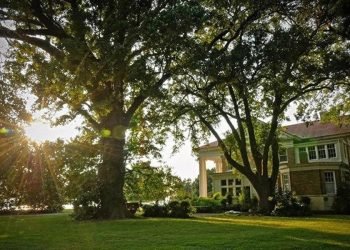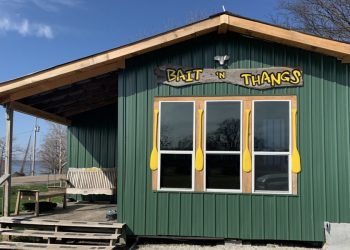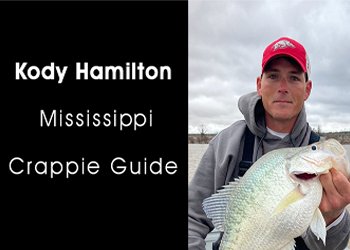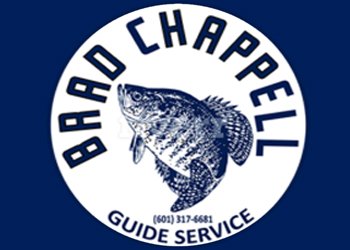
 A
A
t about 5,000 acres, Lake Washington is one of the largest natural lakes in Mississippi. It’s also one of the oldest lakes at approximately 700 years in age. Lake Washington is well known as an excellent crappie lake and destination that produces many crappie in the 1-pound to 2-pound range and has produced some 4-pounders in the past.
Lake Washington is located approximately 25 miles south of Greenville on Highway 1. The lake is a closed-off oxbow of the Mississippi River. Since it no longer connects directly to the Mississippi River, fluctuations in the river water levels don’t affect the lake in the same way as in active oxbows that still connect to the river. This makes it much more stable and unique among Delta lakes.
All New Interactive Map of
Lake Washington
MAN-MADE FISH STRUCTURES:
Approximately 180 Christmas trees were placed in seven different locations in Lake Washington. Across the lake from Cordell’s Ramp is an area known as the Alligator Hole. About 40 trees were placed in the Alligator Hole in 14 feet of water. Northwest of the Alligator Hole towards the main lake is another deep hole. Another 40 trees were placed in this hole in 14 feet of water.
The Highland Club is located on the west bank of the Highland Club’s pier as a marker. Imagine a straight line leading from the end of the pier across the lake to a point on the east bank. Out from this point on the east bank, where the water depth falls sharply to 14 feet deep, is a line of 20 trees. Following the 14-foot contour, one group of trees is approximately 200 yards to the north and three more groups of trees located every 200 yards to the south.
Up Coming Tournaments & Events
On Lake Washington
LAKE INFORMATION
LOCATION: Approximately 25 Miles South of Greenville on Hwy 1
SIZE: 5,000 acres
DEPTH: Depth Varies from 6 to 22 feet
AQUATIC VEGETATION: Duckweed
MAJOR SPORTFISH: White Crappie, Black Crappie, & Magnolia Crappie
FISH FORAGE: Shad, Silversides, Minnows
VISIBLE COVER: Cypress Trees, Piers, Rip-Rap
BOTTOM FEATURES: Man-Made Fish Structures, Drop-Offs, Channels
LAKE CRAPPIE RULES
& REGULATIONS
LENGTH LIMIT: 11 Inches
CREEL LIMIT: 30 Crappie Fish
POLE/HOOK LIMIT: No Pole Limits Per Angler or Number of Hooks Per Pole Limit
Featured Businesses:
Destination Articles:
MSCT Produces Giant Crappie
Time for Slabs By John N. Felsher Outstanding crappie action awaits on the Mississippi Crappie Trail Across the great...

Mouse Over An Image
To Learn More About It

Alligator Hole
N33 05.824 x W91 03.618
The Alligator Hole is a clearing in the numerous cypress trees that line the west banks of Lake Washington and is approximately 6 acres in size. Small sandbars, shoals and islands make up the interior of the hole, perfect staging areas for February crappie.

West End
N33 05.970 x W91 04.992
The west end of the lake silted in when the Mississippi River changed course to create the oxbow. An old creek channel and various run-off ditches form subtle changes in bottom depth. These changes make great places for staging crappie to gather before working their way into the standing cypress trees as the waters rise in the spring.

Cordell’s Landing
N33 06.310 x W91 03.725
Two kinds of structure hold crappie in Lake Washington during the early spring. These natural structures like cypress knees on the west side of the lake & man-made structures like piers, docks & planted brush piles near them. Man-made structures are more prevalent on the east banks of the lake.

Sailboat Club
N33 05.449 x W91 02.220
This is out in front of the old Glen Allan Sailboat Club. The property is no longer in use, becoming more of a local landmark since the club went out of business decades ago. The upside is that the old wooden piers are still there and many of them are beginning to deteriorate.

Bells Fishing
N33 05.492 x W91 02.232
Just north of the Sailboat Club on the east bank of Lake Washington is an abandoned property that was once the home of Bell’s Fishing Camp. The row of old pilings that run out into the lake will have 6 to 7 feet of water around them at normal pool. This area has visible structure and gets its fair share of fishing pressure.

Duck Blind Hole
N33 05.020 x W91 02.866
So named for the remnants of an old duck blind that once overlooked this cove on the west bank of the lake, this hole offers an excellent place to fish in the spring. Once crappie have invaded the surrounding trees during the spawn, wade fishing becomes an option. When the waters infiltrate back into the trees, the fishing will be good.

Highland Club Pier
N33 04.655 x W91 02.997
The long wooden pier out in front of the Highland Club on the west bank has water levels that average about 5 feet deep. The pilings provide plenty of structure that draw and hold pre-spawn and spawning crappie, particularly if the water isn’t up in the trees yet.

Mouth of Cuckleberry Swamp
N33 03.664 x W91 02.888
Otherwise known as Cuckleburr Creek, this spot marks the creek that runs from the main lake into a stump-studded slough that may only be accessible when the water is high. The average water depth is in the 8- to-9-foot range. Look for crappie to stage along the drop during the early spring months.

John Henry’s Slough
N33 02.825 x W91 02.762
When the water is up, anglers have a choice of working their way into the cypress trees and jigging around the knees and stumps found there. If conditions are right, wade fishing can be productive along the back edges where the water is shallow enough to wade.









